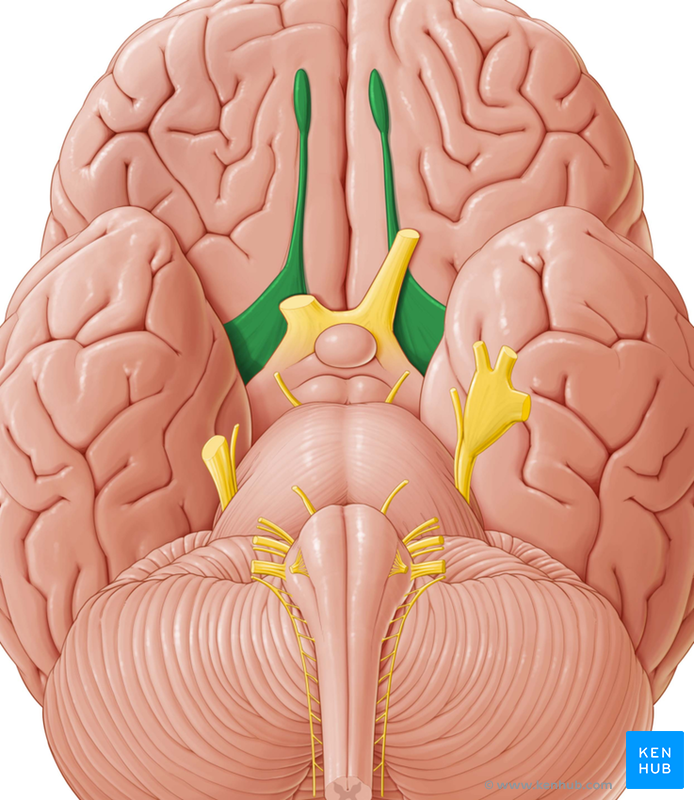










The Sense Of Smell - 2
In 1991, Linda Buck and Richard Axle identified a family of 7 -trans-membrane domain receptors, which are thought to be the first known olfaction receptors. They look like candidates because they are found only in the nose, and radio-labelled binds have been observed, but in vitro attempts to bind odour molecules to the receptors have failed. Nevertheless, researchers think these are one form of olfaction receptor, which makes their discovery a major step forward in olfaction receptor, which makes their discovery a major step forward in olfaction research.
Because we have not yet definitely identified the receptors with which odour molecules interact, it is impossible to say how an aroma molecule translates into smell. The crucial factor may be related to the chemistry of the aroma molecule, or its shape, whether it is laevorotatory or dextrorotary, electrically positive or negative, polar or apolar, or some combination of these. As human beings can distinguish between 10'000 aromas, it is thought by some that there are, among the 50 million receptors on the cilia, 10,000 types of receptor.
Others think that there are just a thousand or even a mere hundred types of receptor, which in some way adapt or amplify (or both) the aroma molecule , thus giving the system its extreme subtlety. For example, the same aroma molecule might smell like one thing if it is weak. Olfaction is a very complex business. For example, the compound carvone is molecularly identical whether L-carvone or D-carvone but the L- type smells like spearmint and the D-type smells like caraway.
These two are stereo-isomers of each other which means they are copies of each other except that a hydrogen atom sits either to the left or to the right. This difference causes the plane of polarization of light to rotate either left or right, giving the definition 'L' for laevorotatory (to the left) and 'D' for dextrorotatory (to the right). When identical aroma molecules, differing only in their laevorotatory or dextrorotatory characteristics, are perceived as two completely different smells spearmint and caraway - you can begin to see how complex the problem of olfaction is.
Discoveries are being made all the time, however. Researchers are currently working on a group of enzymes known as the P450s. These have been found in the nasal mucus and are thought to be chemically change odorants, making them less toxic.
Clearly, there are many toxic molecules floating in the air and we are defenseless against them, perhaps, without the 450s to detoxify them. It is now thought that an absence of these enzymes may be the reason some people have lost their smell sensitivity and there are about two million anosmic people in America alone, any future P450 treatment would be welcome, I'm sure.
In the old days, aromas would come to us and depending on them, we would approach, attack, make love or run and although today we may be less aware of it, aroma still plays a crucial role in our emotions and reactions. The limbic system is made up of the hippocampus, amygdala, the septal area and several regions of the cerebral cortex. The hippocampus is believed to be involved in memory and learning. The connection between aroma and memory is well known, of course, but the connection between aroma and learning is only now being scientifically appreciated.
Olfaction research involves chemistry, stereochemistry (the shape of the molecule), dextro and laevorotatory factors, electrical charge, polarity, G-proteins, P-proteins and a whole lot more besides. It is multi-dimensional in a way sight and hearing are not. This will make the sense of smell a very difficult mystery to unlock but, in the meantime, olfaction research is becoming more interesting to biologists, psychologists, teachers, sales managers, people managers and even defense departments.
Olfaction is no longer the forgotten sense.
Most of the research currently being carried out on smell is by people who want to bombard you with it for commercial reasons, as we shall see later. In the labs , subjects are exposed to fragrance and wired up to equipment which measures electrical skin response, skin, muscle tension, heart rate, respiration and blood pressure. Pictures of the brain can be seen changing under the influence of aroma.
According to Drs Craig Warren and Stephen Warrenburg at International Flavours and Fragrance, New Jersey, 'pleasant odours tended to enhance creative performance, generate more positive evaluations of words and pictures of people, and elicit more happy memories'. It is this aspect of olfaction big business wants to harness, but we can harness it too - the natural way.
Reference: The Fragrant Mind / Valerie Ann Worwood
- Home
- Addiction
- JASMINE- Floral - Jasminum Officinale,J. grandiflorum, J.sambac
- History of Drugs-4
- History of Drugs
- History of Drugs-3
- The Somatid Connection
- Rosemary-Personality-Profile
- Personality In Perfumery
- Personality Tests
- The Water Connection
- Cinnamon - Personality profile
- Mind-Mood-Emotion-Quick Reference Chart - S - Un
- History of Drugs-5
- Mind-Mood-Emotion-Quick Reference Chart - Un - W
- Emotional-Healing Problems-A-B-Positive and Negative Mood Charts
- Emotional-Healing Problems-B-H-Positive and Negative Mood Charts
- How Essential Oils Work On the Brain
- Cardamom Personality Profile
- Essential Oils Used For Emotional Healing-A-M
- Lavender- Floral/Herbie
- Positive Mind, Mood & Emotion - Alertness
- Juniper personality profile
- JASMINE- Floral - Jasminum Officinale,J. grandiflorum, J.sambac
- HYACINTH - Floral - Hyacinthus Orientalis
- Emotional Healing Introduction - 2
- Emotional Healing Introduction
- Memory Enhancement, Mental Clarity and Efficiency
- How To Get Through Life In One Piece
- HELICHRYSUM (Immortelle or Italian Everlasting)
- GRAPEFRUIT - Fruitie - Citrus paradisi
- The Art Of Smelling - Which Method - Aromaprofiles
- The Art Of Smelling
- GINGER PERSONALITY PROFILE
- Geranium - Pelargonium graveolens Personality Profile
- Frankincense Resinie - Boswellia Carteri
- Quality and Purity - 2 - AromaProfiles
- Quality and Purity - AromaProfiles
- ChemoTypes - AromaProfiles
- Adaptogens - AromaProfiles


